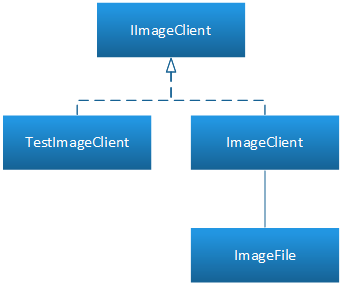I thought my first ASP.NET Core edition of Hello, Blinky would be my last, at least for a long time. But then something reminded me of Blazor, and I thought why not build a Blazor edition of Hello, Blinky for Windows IoT Core and Raspberry Pi? After some hacking, I made it work. Here's my Hello, Blinky for Blazor.
You may also like: Building an ASP.NET Core ''Hello, Blinky'' IoT Application
Who the Heck Is Hello, Blinky?
Hello, Blinky is sort of like the "Hello, World" from Raspberry Pi and other microboards. While it's possible to do a "Hello, World" with these boards, why not do something more interesting with connected electronics? Isn't that what those boards were made for anyway?


